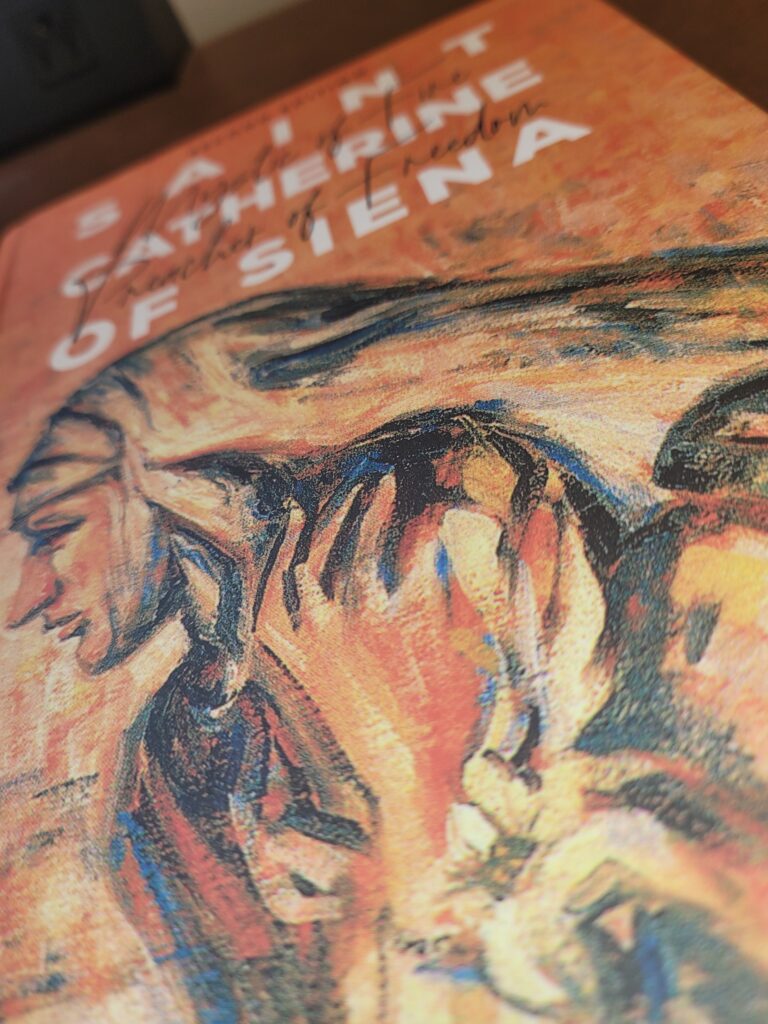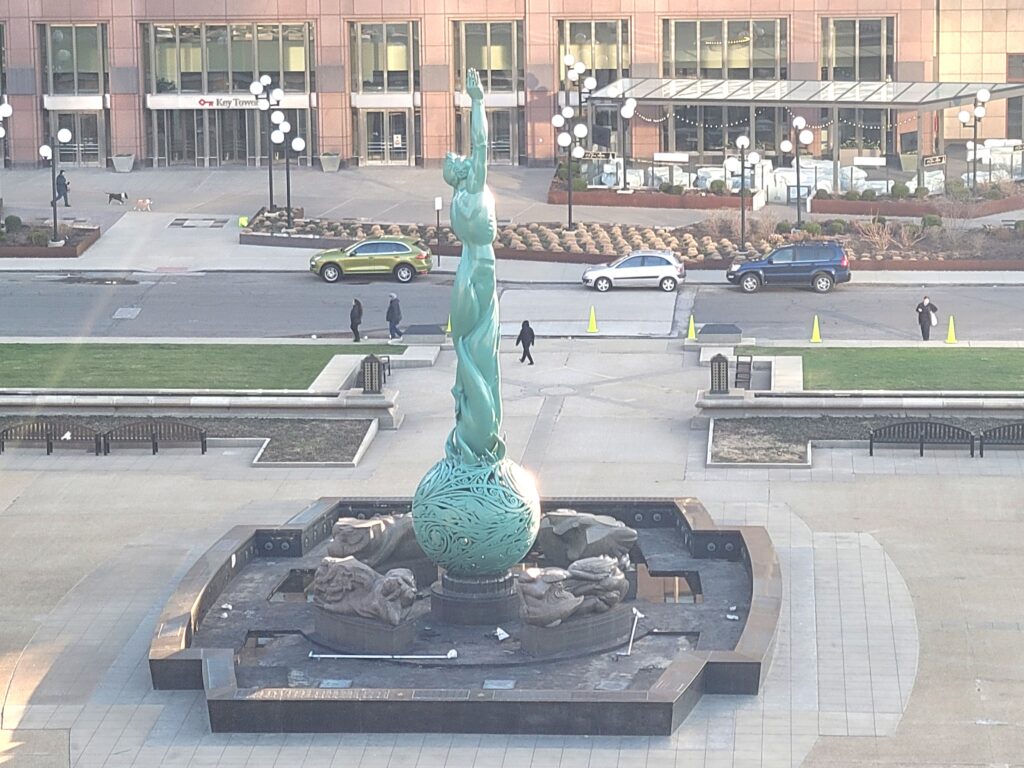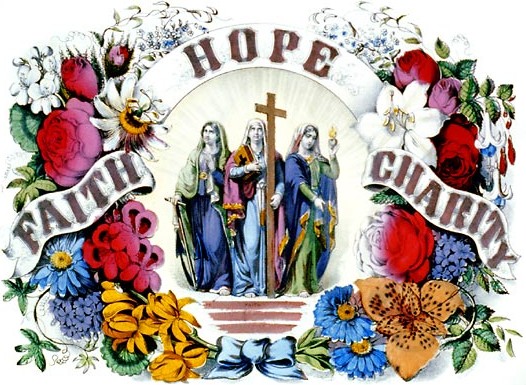
Freedom to think and freedom to act: these are the two forms of freedom that, in Catherine’s opinion, mark our dignity as human beings. Needless to say, then, any loss of that dignity is for Catherine an unspeakable tragedy. Nothing distresses her more than the sight of free men and women reduced by the pressure of their own weakness, or by the pressure of the society in which they live, to a debilitating moral servitude. Almost every page of her writing is, as a result, an impassioned manifesto of freedom. Wherever she finds herself, whatever she is doing or saying or thinking, her attention is focused-with great intensity-on the wretched state of her contemporaries.
Often, we are inclined to think of mystics as people whose contemplation focuses entirely on God and the nature of God. But, to a degree almost unique among the Christian saints and mystics, Catherine was contemplative also of human nature, of both its misery and its grandeur. In particular, she understood an aspect of our human condition and of our human psychology that, over the last two hundred years, has begun to receive increasing attention from both psychologists and philosophers-namely, the psychology of fear.
…..”Oh, how dangerous such fear is!” she (St Catherine of Siena) writes. “It cuts off the arms of holy desire. It binds us and keeps us from knowing the truth.” (Letter to Pierre d’Estaing, ‘Letters’)
‘St Catherine of Siena: Mystic of Fire Preacher of Freedom’ written by Father Paul Murray


